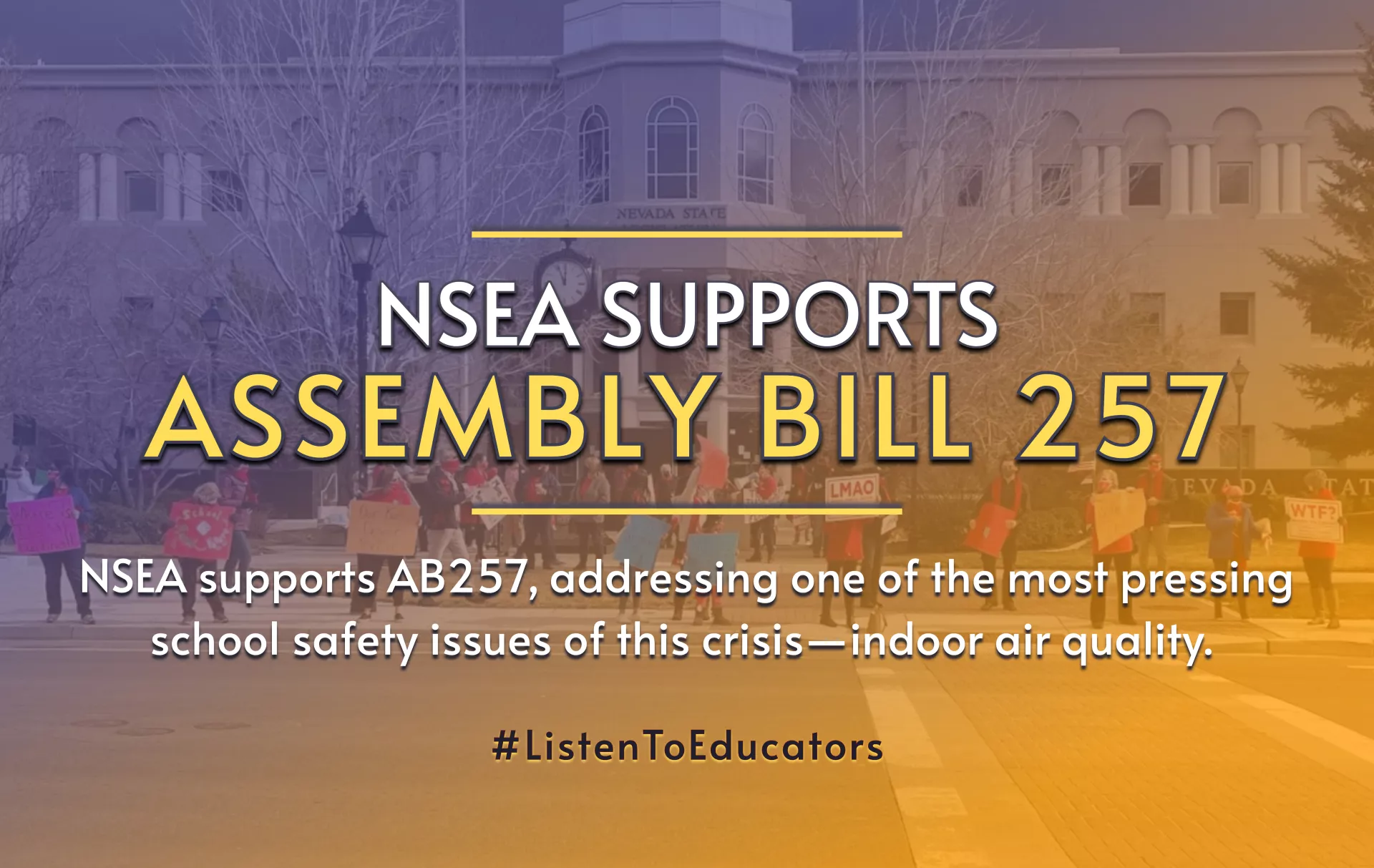After the closure of all school buildings a year ago, NSEA engaged at the state and local levels, so students and educators could do teaching and learning in the safest and most responsible way. This past year, our members responded in a diversity of ways depending on their district and the status of the COVID-19 crisis in their communities. Some educators have been back at their school building offering in-person instruction since the fall. Others have been in hybrid models, juggling in-person learning with distance learning opportunities. Many others, including in Clark County, have only recently returned to school building, spending the bulk of the year working to create meaningful education experiences through full distance-learning.
Educators know distance or hybrid learning models are not ideal for most students and educators. At the same time, educators have also been very concerned about their health and the health and well-being of students. We know prior to the COVID-19 pandemic, Nevada’s neighborhood public schools were already chronically under-funded with the most crowded classrooms in the country.
Meanwhile, many of our school facilities are decades old with failing windows and heating, ventilation, and air conditioning (HVAC) systems.
That is why it is so important to have strong protocols on social distancing, while also doing everything we can to improve the air quality inside our schools.
With advocacy from the National Education Association and support from our federal delegation, significant funds have been made available to more safely operate school building. This includes funds for facilities, including HVAC systems. Educators understand for these systems to be working at their best, they need to be maintained by technicians who are trained and certified. Effectively addressing the issue of indoor air quality needs to be a component of a safe return to full, in-person learning in every district in the state.
